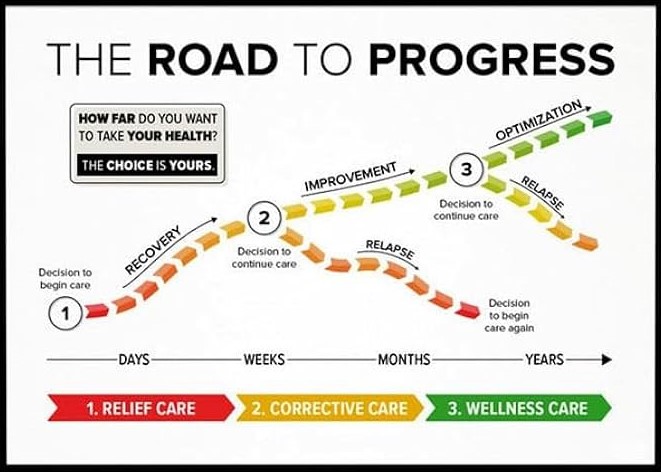Sciatica can cause debilitating pain that radiates from the lower back to the legs, disrupting your daily life. At The Roeske Clinic, we specialize in effective, non-invasive chiropractic solutions to address the root cause of sciatica. Our personalized treatments focus on relieving nerve pressure, reducing inflammation, and restoring mobility, helping you achieve lasting relief and improved quality of life.









